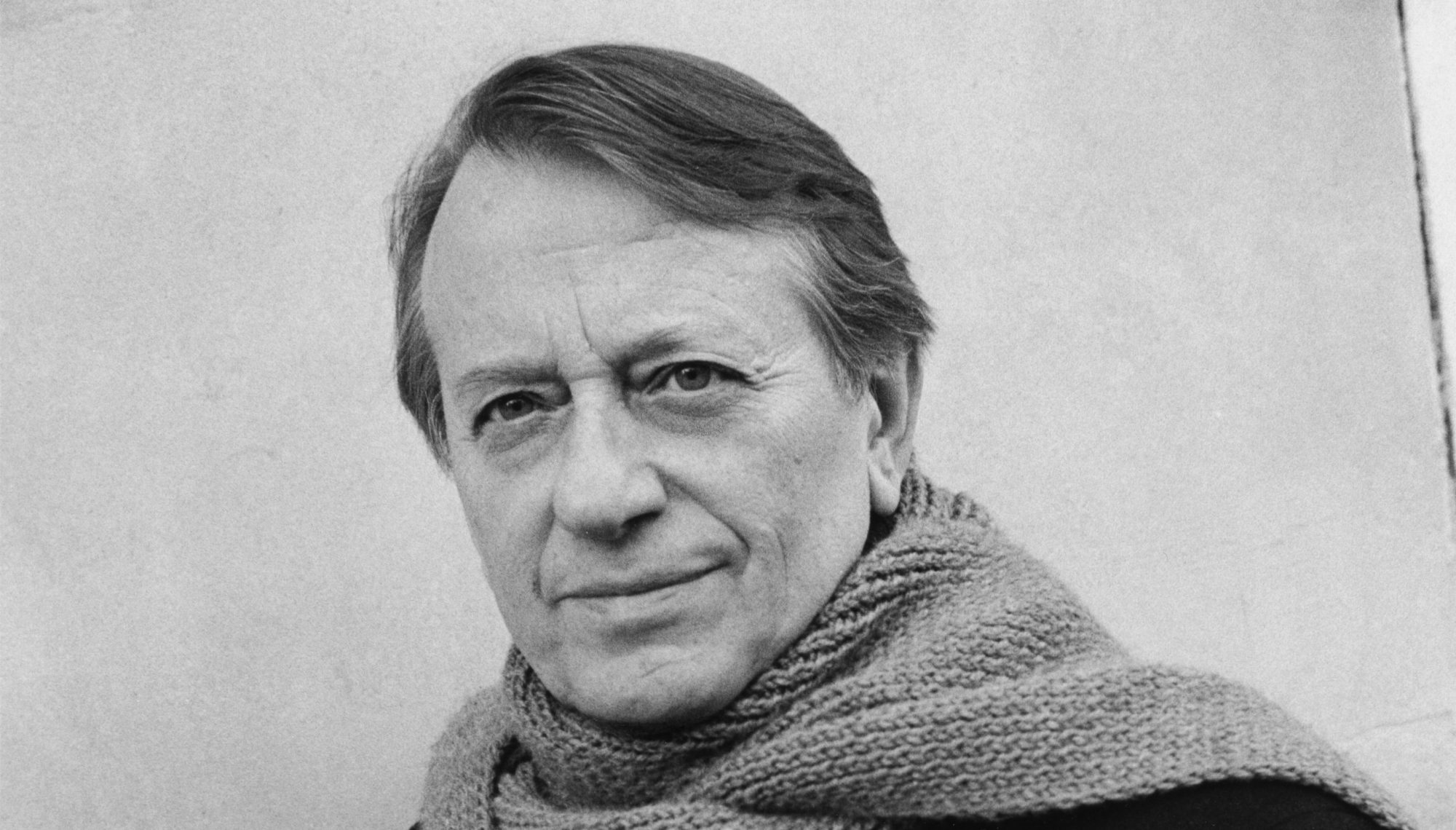François-Marie Banier
by Hector Bianciotti
This text was written by Hector Bianciotti, published on the occasion of the release of the exhibition catalog Fotos y Pinturas which took place at the Centro Recoleta in Buenos Aires from the 17th of april until the 21th of may 2000.
Photo: Hector Bianciotti by François-Marie Banier

